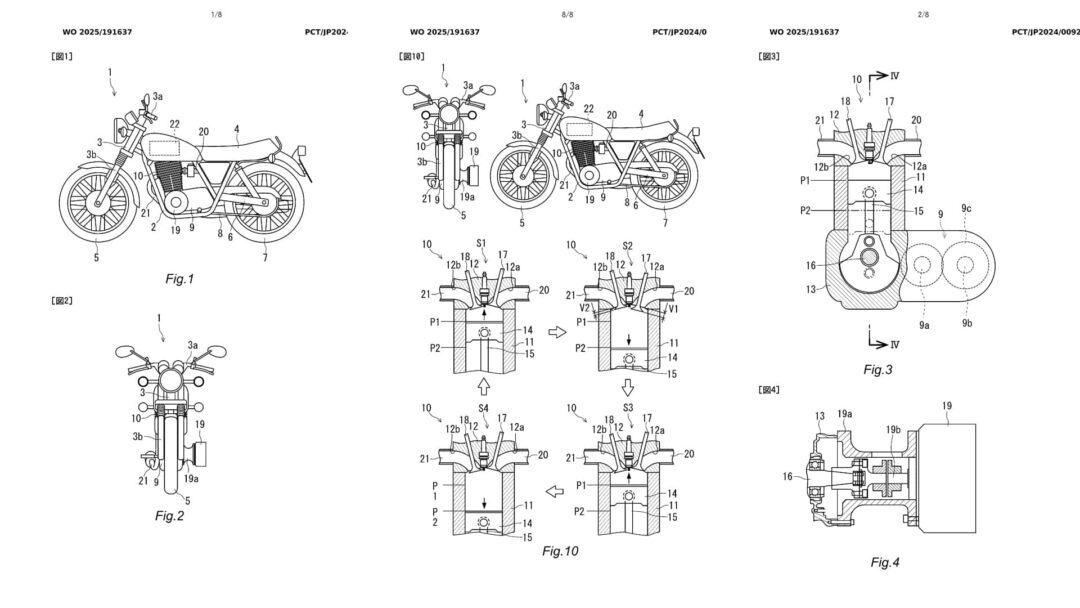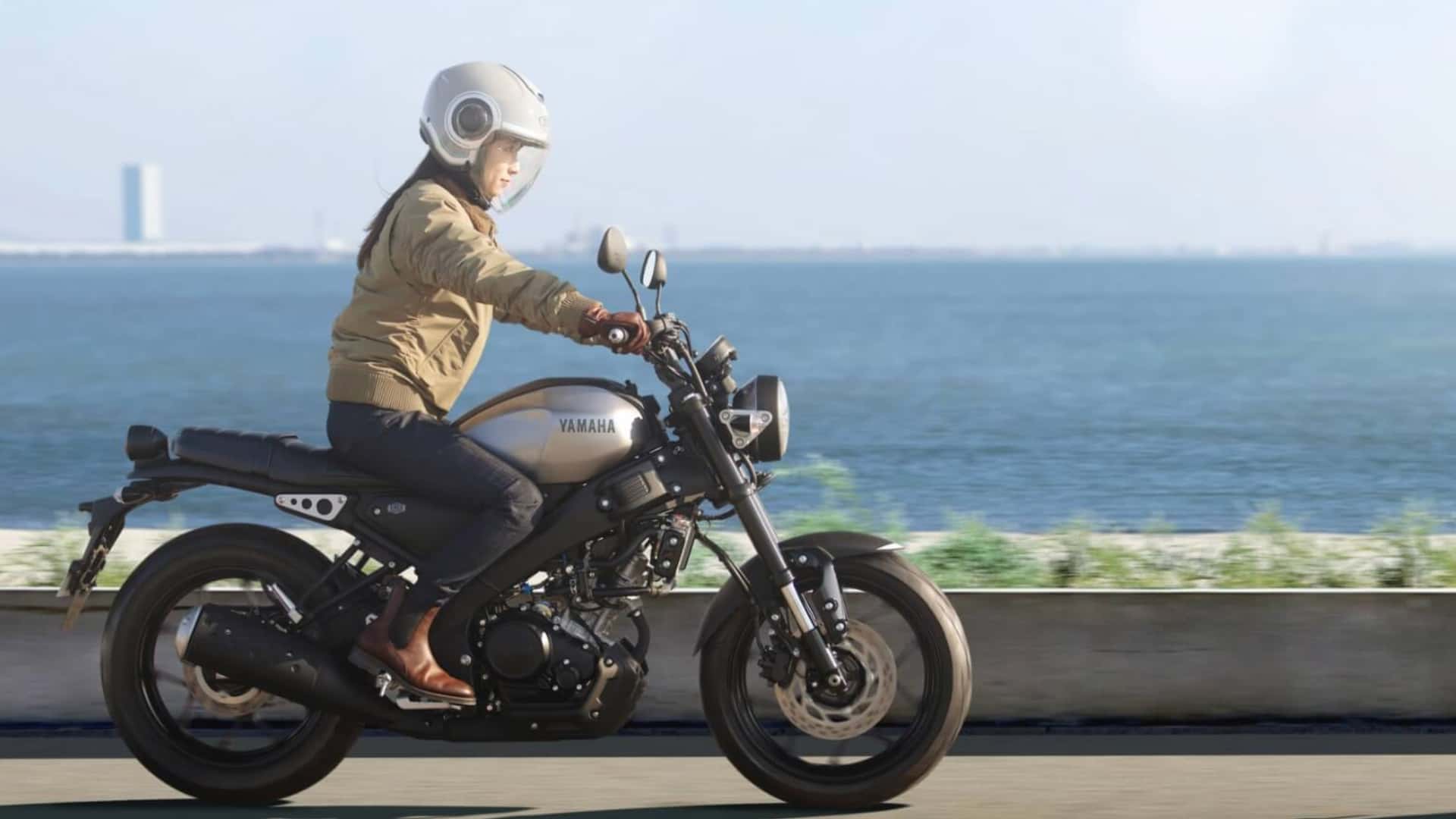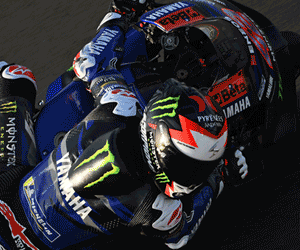Yamaha appears to be developing an electric motorcycle with a twist. This is a functionally superfluous engine designed to make riders forget they’re on an EV at all. The development comes via a recently filed patent from the Japanese manufacturer, which outlines a system intended to replicate the visceral feel of a combustion motorcycle, even when powered by electricity.
Yamaha is keen not to lose the essence of motorcycling when it eventually embraces electrification. As the patent suggests, the firm wants “an EV motorcycle that feels and sounds like one powered by ground-up dinosaurs.”Filed under the rather unassuming title “Saddle-Riding Type Electric Vehicle,” the document initially gives little away, until the details are examined more closely.
According to the patent’s abstract:
“By burning a mixture of fossil fuels, gasoline, etc., and air in the cylinder, a 4-cycle reciprocating engine that generates power, has an intake sound, exhaust sound, and vibration in each stroke of the intake stroke, compression stroke, explosion stroke, and exhaust stroke. Generate movement, etc. The driver of the saddle-type vehicle, which is powered by the aforementioned reciprocating engine, feels excited by experiencing the sound and vibration generated by his own accelerator operation.”
It goes on:
“The saddle-type electric vehicle powered by the motor does not burn gasoline, etc., so it does not produce intake sounds, exhaust noises, and vibrations like conventional reciprocating engines. Therefore, some lovers of saddle-type vehicles agreed with the control of carbon dioxide emissions, but had a desire to drive a saddle-type vehicle that could experience the sound and vibration unique to the above-reciprocating engine.”

Perhaps most intriguingly, the filing explains:
“Therefore, a vehicle-driven motor with a similar appearance to a conventional reciprocating engine has been disclosed. The above-mentioned vehicle-driven motor described in patent document 1 rotates the crankshaft by moving the piston (linear motor mover) in the cylinder back and forth by the linear motor. In addition, the motor for driving the above-mentioned vehicle is configured to inhale air from the intake valve and exhaust from the exhaust valve as the piston moves back and forth.”
In short, Yamaha has designed a fake but functioning piston-and-cylinder setup that creates intake and exhaust noise, as well as vibration, thanks to genuine reciprocating mass. While it doesn’t generate propulsion, it does provide the feedback riders associate with petrol-powered motorcycles.
The concept could be Yamaha’s answer to one of the biggest barriers to EV adoption among enthusiasts: the lack of connection. The company seems to believe that hearing intake and exhaust notes and feeling engine pulses “between your legs, but not by burning fossil fuels” could tempt traditionalists towards electric mobility.
Whether this approach is truly the key to unlocking wider adoption remains to be seen. As many argue, range and charging infrastructure are still the real obstacles. Yet for riders reluctant to give up the emotional thrill of an engine, Yamaha’s patented idea could prove to be a surprisingly clever compromise.















